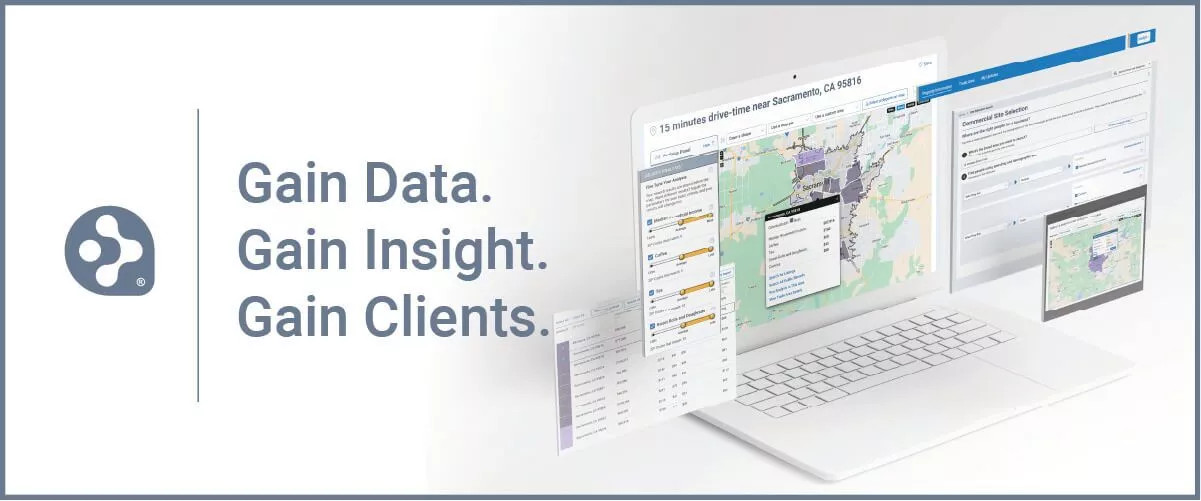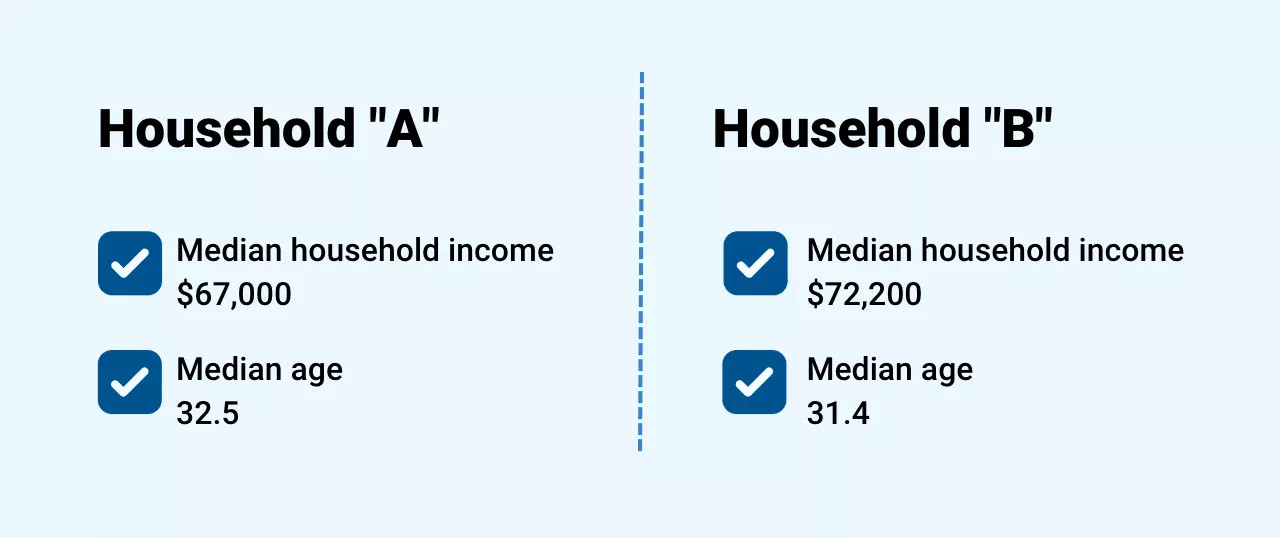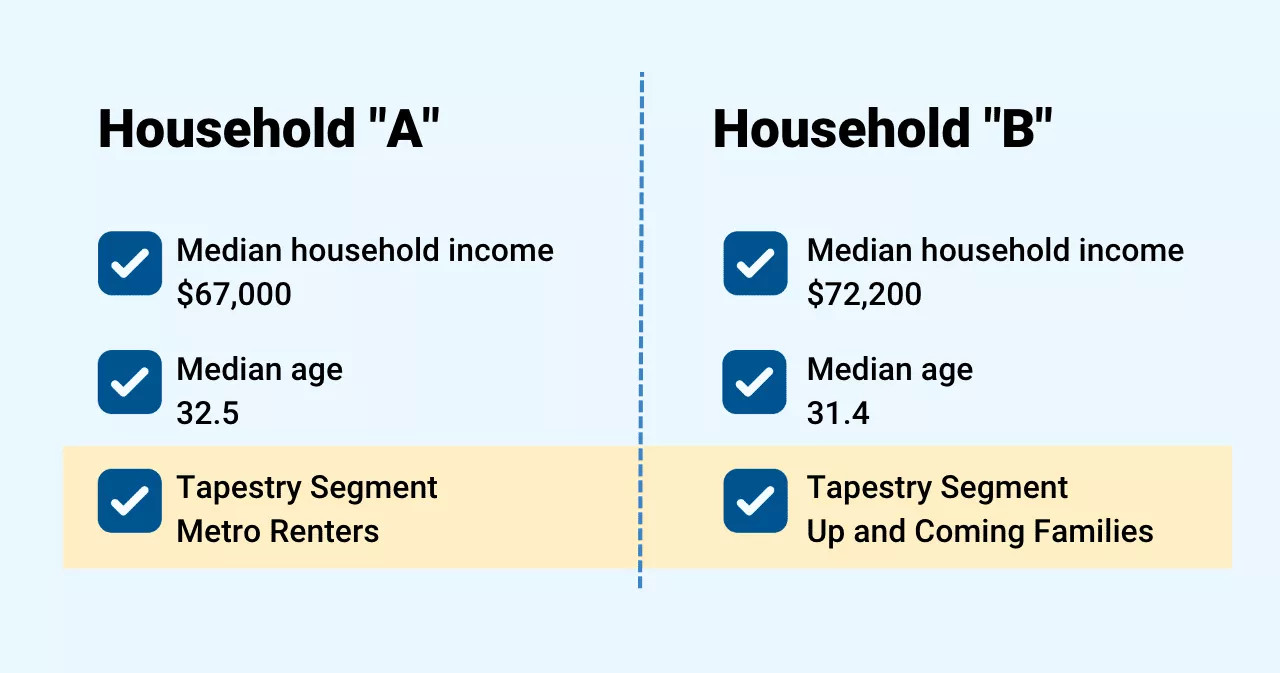You are viewing our site as an Agent, Switch Your View:
Agent | Broker Reset Filters to Default Back to ListUsing RPR Site Selection Tools to Help Businesses Find Their Target Audience
March 05 2023
 In our previous article, "Tap Into Big Data with RPR and Esri Tapestry Segmentation," we demonstrated how commercial practitioners can utilize Consumer Tapestry Segmentation data in RPR (Realtors Property Resource®) for research purposes and how it can provide support for their recommendations and client guidance.
In our previous article, "Tap Into Big Data with RPR and Esri Tapestry Segmentation," we demonstrated how commercial practitioners can utilize Consumer Tapestry Segmentation data in RPR (Realtors Property Resource®) for research purposes and how it can provide support for their recommendations and client guidance.
This time around, we're going to dig a little deeper and illustrate how Tapestry Segmentation plays an essential role in finding the right target audience by incorporating a household's interests and characteristics into the analysis. Unlike age and income, Tapestry Segmentation takes into account the relationships between these characteristics. It provides a more comprehensive view of a household's housing choices, consumption preferences, and decision-making tendencies.
Most importantly, using RPR's Site Selection tool with Esri's Tapestry Segmentation, REALTORS® can analyze demographic data and focus on the attributes and behaviors that lead to a successful business location.
How Does Tapestry Segmentation Help?
Despite age and income being important to the demographic profile of an area, looking at these factors separately doesn't reveal any underlying relationships. But experience has shown households with similar interests and characteristics tend to make the same decisions.
Let's look at how those interests and characteristics can be included by using Tapestry Segmentation data found within RPR's Site Selection analysis.
In the two examples below, Household "A" and Household "B" appear quite similar. The average household income and ages between both households are practically the same.

If the goal is to find new areas of expansion with specific types of consumer households, "A" and "B" appear to have equal demographics and spending power potential. However, once Tapestry is included in the analysis, a different story is revealed:

Both neighborhoods contain distinct consumer markets, but "A" and "B" are very different types of households. They also display different housing choices and consumption preferences. Households in neighborhood "A" are classified as Metro Renters, while neighborhood "B" is classified as Up and Coming Families.
Use RPR and Esri to drill down into Tapestry Segments to find the best targets
As you can see, the income and ages of these households are closely aligned, but by adding the Tapestry Segment, a more focused picture comes to light. The name itself is a huge indicator and drilling down into the descriptions of these groups really helps solidify the context.
For example, if your client is looking for a neighborhood or community to open a toddler-focused fitness and fun center (think My Gym), your main objective is to find young families. On the surface, Metro Renters and Up and Coming Families are very alike, but scratch just a bit in the Tapestry, and it's obvious that there are stark differences.
Metro Renters are mostly young, single professionals who live in a big city. Up and Coming Families live in the suburbs, are in their early 30s, and most importantly, have young children. Of course, this doesn't mean that ALL Metro Renters don't have young children. It's simply a grouping that represents the majority of that demographic.
The main takeaway here is to do your preliminary research ahead of time, use some common sense, and be sure to do your homework on each specific Tapestry Segment to ensure you're focusing on the most lucrative targets for a business.
What is the best way to determine which consumer attributes are most important to a business?
To figure out which consumer attributes are the most critical, the best place to start is with market research, which can include both primary and secondary research:
- Primary research can include surveys, focus groups, interviews, and other means of collecting data on consumer preferences, attitudes and behaviors.
- Secondary research can include analyzing publicaly available data such as market reports, census data and consumer spending habits. This data can then be used to identify consumer attributes that are most important to a business's specific product or service.
See RPR's Site Selection tool in action
For a run down and a video walkthrough of RPR's Site Selection tool, check out this article: How to Perform a Proper Commercial Site Selection in RPR.
It's a smart way to show your clients not just who you are recommending, but why. You're not simply going after income and age; you're targeting specific attributes and behaviors that can lead to a successful business site.
To view the original article, visit the RPR blog.









